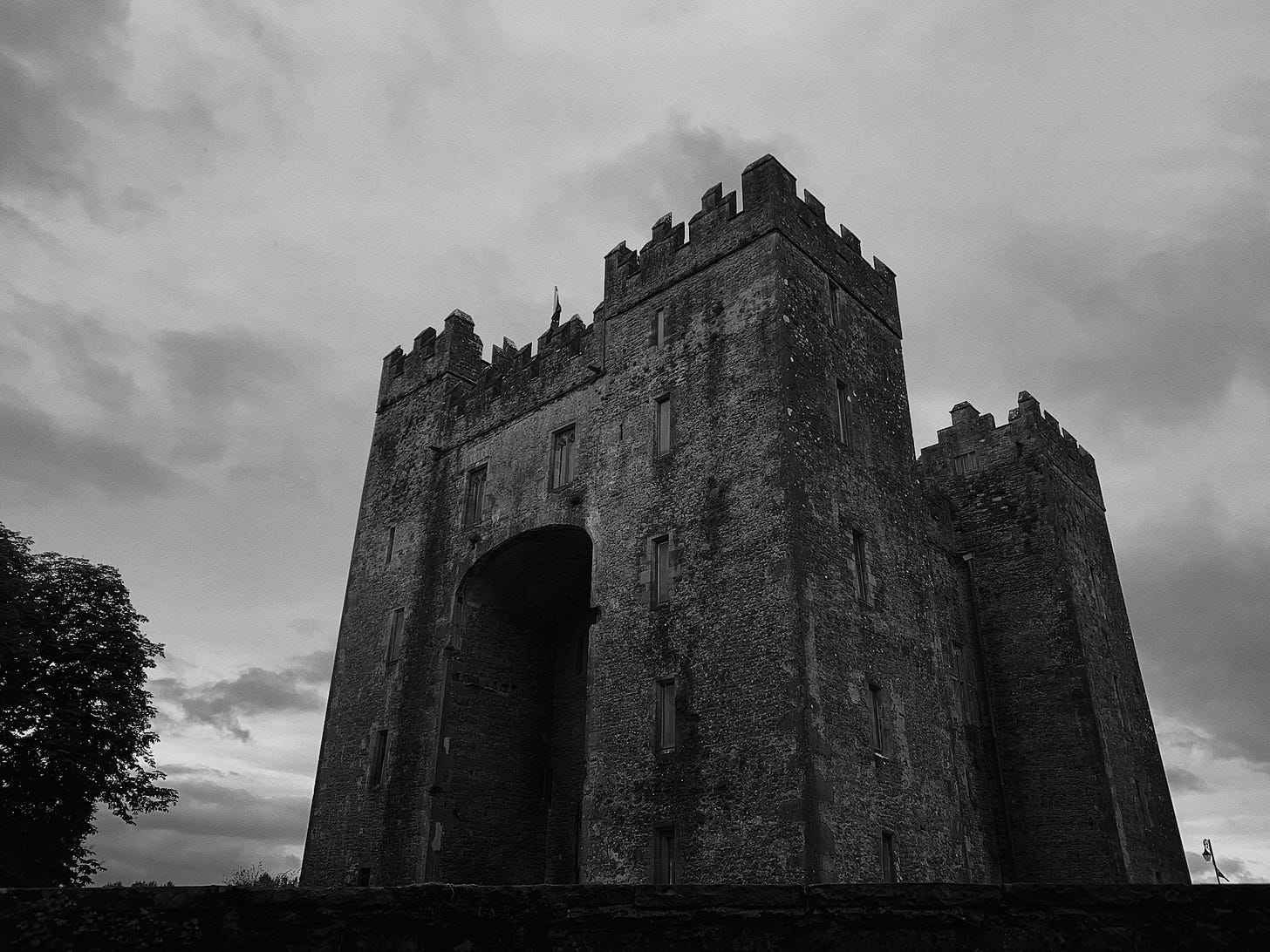On Things Being More than Just Things
in Stories and Outside
Thanks to
for his thoughtful response to yesterday’s post on avoiding personification —Well, all this really does is reveal the paucity of realism to me— outside of an observer, walls have no attributes at all. They don’t have colour or heaviness or anything like that; in a sense they aren’t even really walls. Any understanding of what a wall is only exists in a mind.
The idea there’s a sharp distinction between sensing a wall as grey and sensing a wall as malevolent is a fantasy in itself. Neither the greyness nor malevolence are real. We have never seen the world which is really real. But in the world where we actually exist – which is only ever held in our minds – a threat is often perceived as a presence; a thing which surrounds is perceived as enclosing. To describe a wall in this way is a more honest description of what a wall is in that circumstance. Realism has an untenable view of the real.
In many ways, I couldn’t agree more.
If we’re going for philosophical definitions, I would have to put myself down as something like believer in panpsychism.
That is, the idea that the hard problem of consciousness is most easily dealt with by not believing — as Heidegger does — in an exceptional thing called Dasein, almost exclusively possessed by human beings, but perhaps available to dolphins and aliens.
And not by believing in any earlier or later form of exceptionalism for the ‘more evolved’ or ‘higher minded’ or ‘soul possessing’ creatures we are.
Instead, by believing that a variety of consciousness (not walky-talky, but the constituent parts) exists in all physical matter.
Yes, a rock. Yes, a wall.
This is easier because there’s no step change required at any point. Firstly, there’s no absolute difference of consciousness between humans and other primates (of course there are differences — they have better fashion sense). Secondly, there’s no need to invent an original myth or backstory for the moment human consciousness first came into being (or into Being).
Clearly, this leap is very difficult to account for if you’re not able to have something like a state of semi-consciousness.
Does a brilliant early homo sapiens suddenly have a world they didn’t have a minute earlier? Is their there suddenly there?
Philosophers and neuroscientists have answers to this, which are broadly about some form of emergence. But, for reasons of instinct as much as deduction, I don’t find them convincing. They are inelegant.
Also, the pervasiveness of the stuff of consciousness seems to me to fit with Zen ideas of Buddha Nature. No time to go into that now — I’m off to the library. This is my research day.
However, and getting back to POV and yesterday’s malevolent walls, I still think — in fiction — that there’s a problem created if you start making inanimate objects move, or insensate objects have sophisticated motives, when you’re narrating them from outside, from a non-subjective third-person viewpoint.
As she strode into the dark castle, its walls closed malevolently around her.
This is fine if, implicitly, we’re with her in her perceptions of what the walls feel like and what they seem to her to be doing.
But unless you are creating a magical world, in which objects actively help —perhaps because your main character knows how to address them with sufficient existential politeness or wizardy authority — then you’re getting close to breaking the basic laws of physics.
Even if you’re writing a basically realist novel, you’ll be crossing over into fantasy.
What input of energy moves those walls? If it’s obviously the energy of a writer wanting a vivid descriptive sentence, I think that’s a bit bogus.
I can hear Robert Shepherd’s objections to this — especially to realism.
We do live in our fantasies of the world; completely disconnected from both the phenomena and the noumena. There’s no way of proving a wall is either malevolent or non-malevolent. Certainly not when you have difficulty proving a wall is a wall.
What I was trying to warn against was unthinkingly slipping into personification as way of doing a moment, pushing a mood, in a narrative that doesn’t otherwise view the material world as anything other than props and flats, desks and walls.
One of the appeals of realism is, I think, its voluntary existential poverty.



After your post yesterday I was baking a rule into my head to avoid writing about 'walls closing in'. (Yes, I know, 'rules'...). Then today I received this competition prompt: "Write a poem with Winter (not Christmas) as the theme. Set the tone to be eerie and unsettling, perhaps even uncanny, making winter itself feel *sentient*" [my emphasis]. So what I'm learning from your follow-up is to create a toolbox of different narrative modes which can flex with objective, theme, audience, etc. Because everything remains possible as a writer.
Thanks, Toby! I felt bad for posting that so am glad it had a positive effect